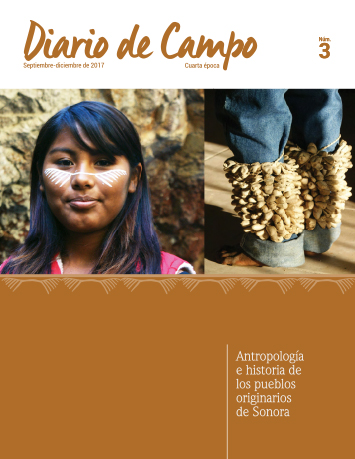Published 2017-12-31
Keywords
- deformación craneal,
- modificación dental,
- Sonora,
- Mesoamérica,
- cranial deformation
- dental modification ...More
How to Cite
Abstract
Recent excavations at the mortuary mound of el Cementerio site, located in the Ónavas valley, southeast Sonora, dated between ca. AD 897 and ca. AD 1635, have recovered more than 100 human burials, many of which display elongated intentional cranial modification and in some cases, together with tooth filing. These constitute biocultural traits common across much of Mesoamerica throughou its Prehispanic cultural sequence, which expanded along West Mexico and into northwest Mexico beginning in the Postclasic period (AD 900-1521). The examples from el Cementerio represent the northernmost expression of these traits and could represent the expansion of Mesoamerican/West Mexican identity, associated with the macro-regional trade, into northwest during the middle and late Ceramic period (AD 500-1532).

